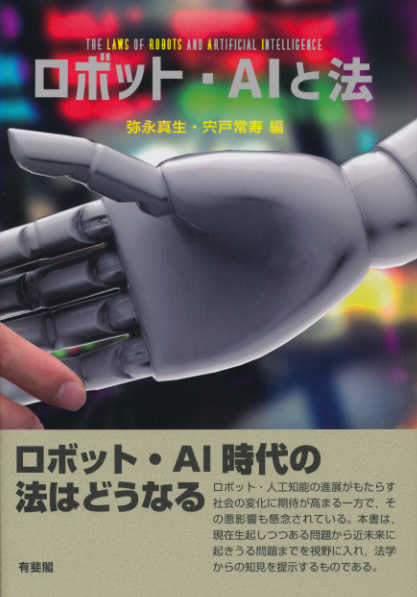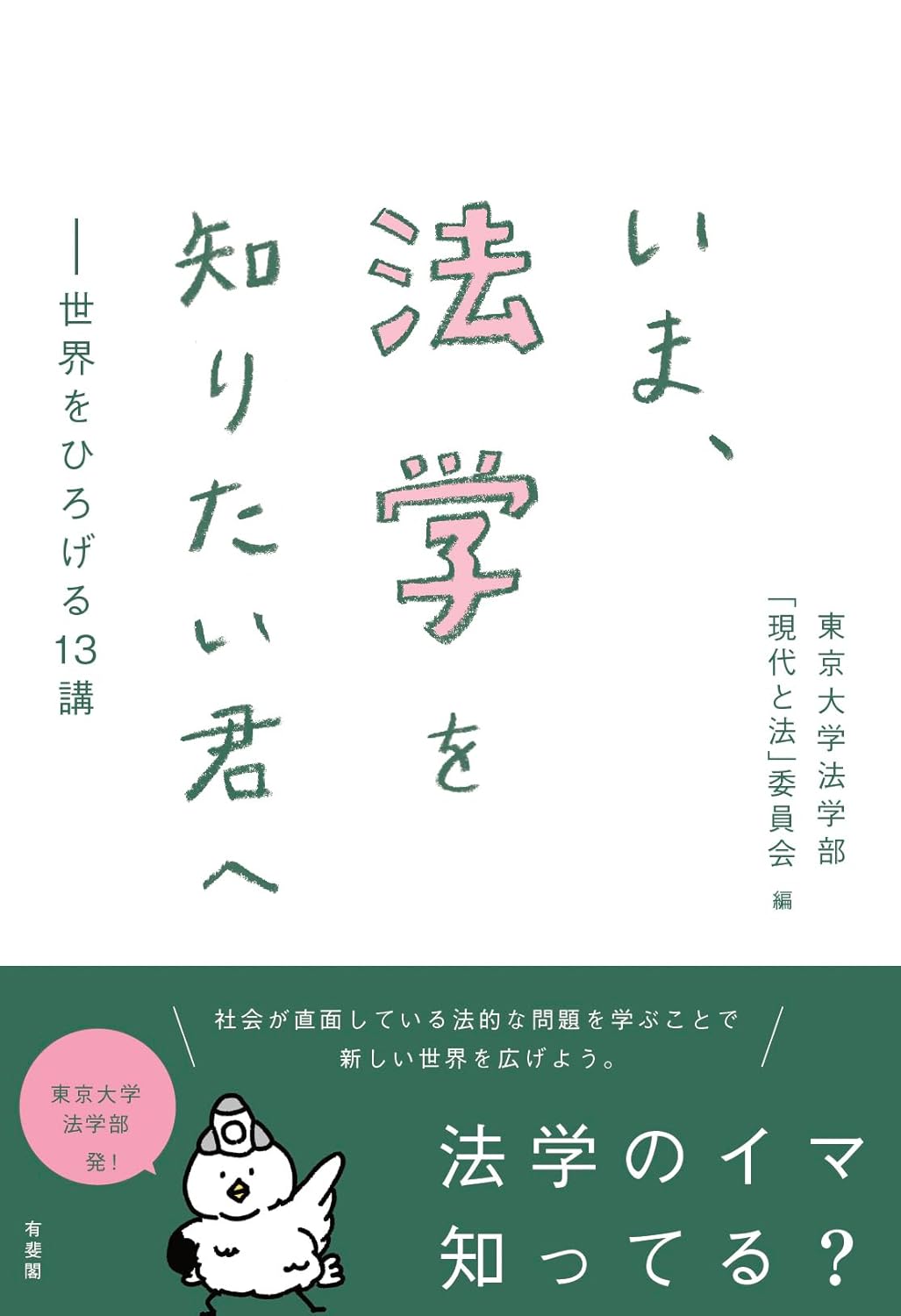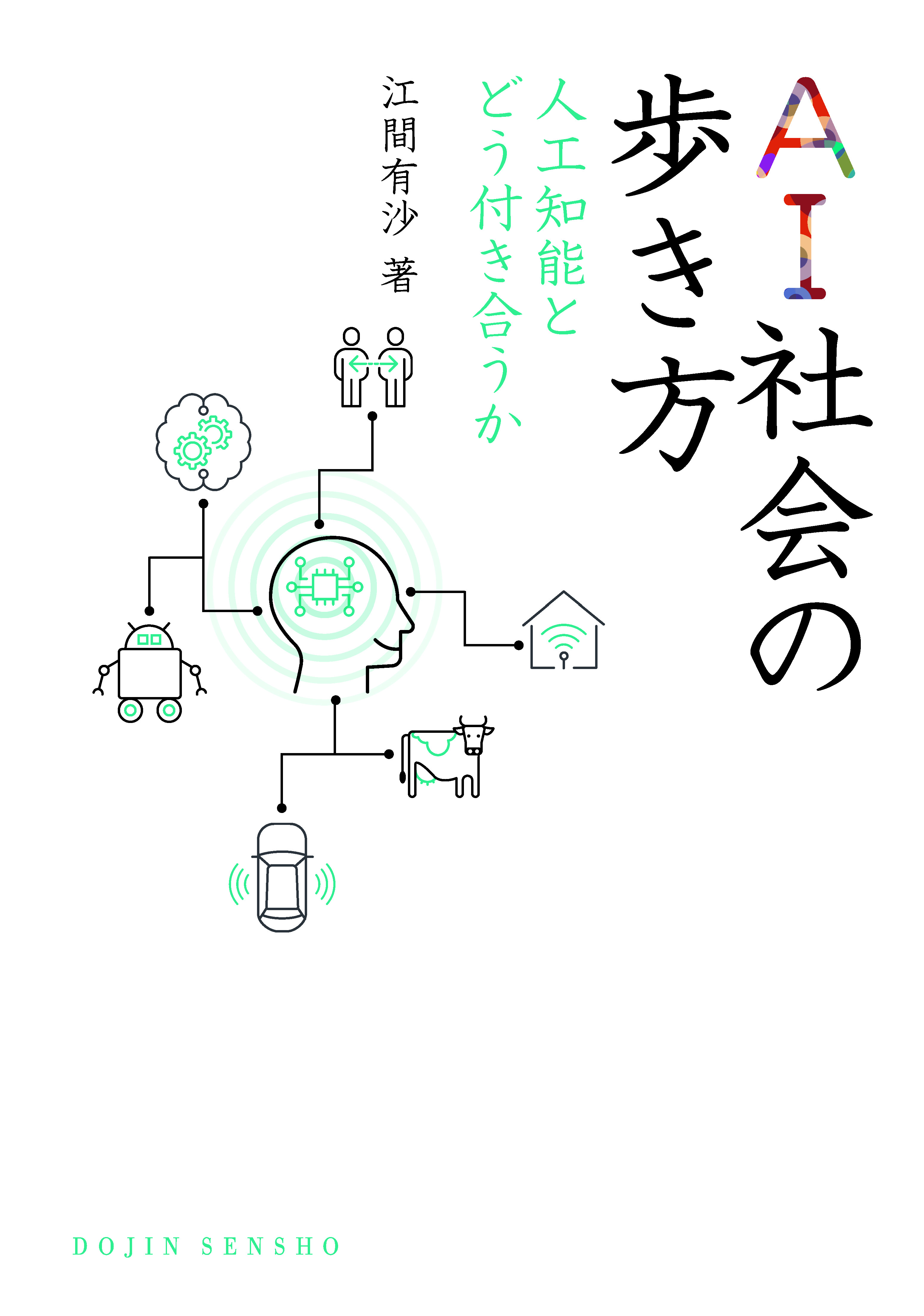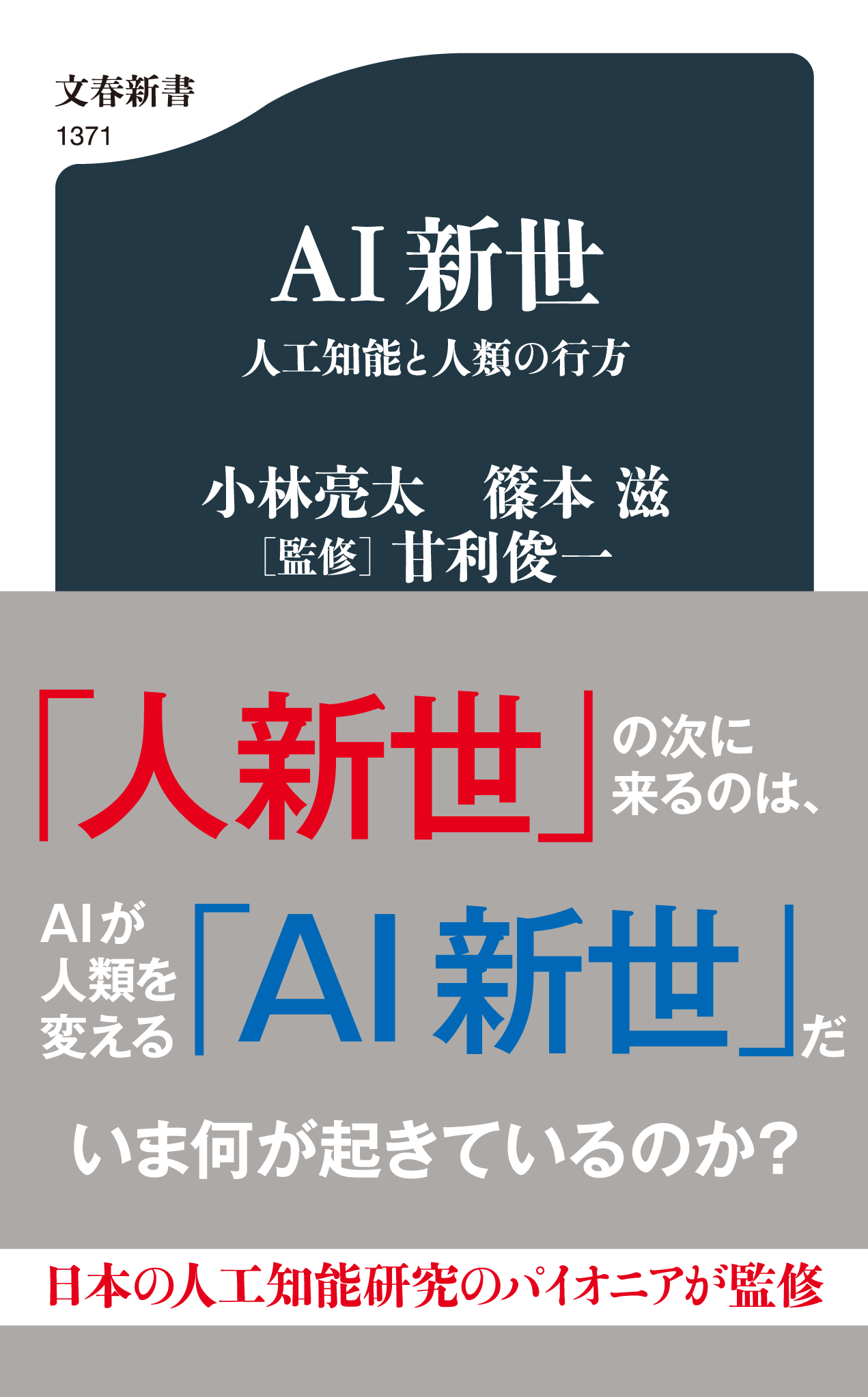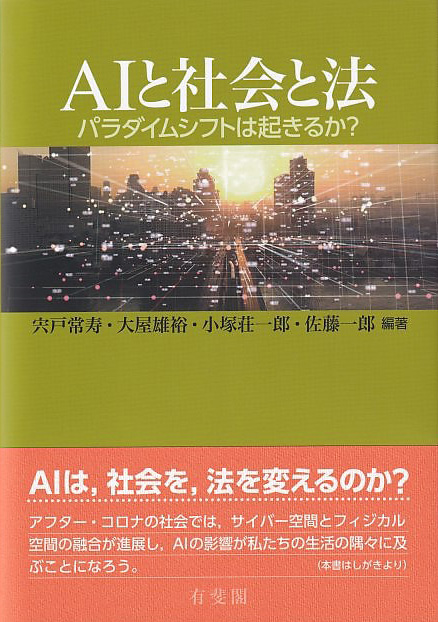
Title
AI to Shakai to Ho (AI, Society and Law - Is a paradigm shift taking place?)
Size
368 pages, A5 format, softcover
Language
Japanese
Released
August, 2020
ISBN
978-4-641-12617-6
Published by
Yuhikaku Publishing
Book Info
See Book Availability at Library
Japanese Page
This book is a compilation of the roundtable discussion project on “AI, Society and Law – Is a paradigm shift taking place?” – articles published in the magazine Quarterly Jurist (Ronkyū Jurisuto) over two years. The serial publication began in the spring of 2018, and at that time legal scholars were paying attention to topics concerning AI, and the articles had the role of introducing AI and international trends relating to its regulation to the legal community.
Law scholars need qualified technology experts who can explain the situation in an easy-to-understand manner to lawyers and discuss what impact AI has on society and law on common ground. To this end, Professor Satō Ichirō (National Institute of Informatics), who joined the government discussion on the revision of the Personal Information Protection Law, also participated as a core member of the project and as a co-editor of this book. Professor Satō provided his up-to-date knowledge and introduced experts suitable to the topic as guest speakers. If this book’s intention as a dialogue between technology and law has been achieved to a degree, it is all thanks to Professor Satō.
Professor Kozuka Sōichirō (Gakushuin University) and Professor ōya Takehiro (Keio Gijuku University), who studied at the Faculty of Law of our university, also participated as core members in the project and as co-editors of this book. Both are well known as distinguished debaters in the area of legal studies, who are not afraid to discuss issues beyond their own special fields. The four of us (me included) were joined at the roundtable discussions with guest speakers with a background as researchers or practitioners in the area of AI. The discussions were lively covering many topics, and they were very informative to me, although I had to constantly take note of time as a facilitator.
The legal debate surrounding AI has much common ground with the areas that directly relate to protecting personal information/privacy, copyright etc. However, through discussions with experts from each area, this book clarifies that AI influences all areas of law: civil law, criminal law, competition law, labor law, etc. On the other hand, no matter how much learning and reasoning abilities AI possesses above those of humans, as long as AI remains a “tool” of humans, values such as freedom and fairness, highly valued by human society, must be maintained after AI is released. For that purpose, I think this book has demonstrated the role that law should play and the need for law and lawyers to undergo self-innovation. I am confident that this book also has significance as an introduction to legal studies for AI researchers and for people who use AI.
I think this book will also be useful as a record tracing current and ongoing developments, notwithstanding that the G20 Summit in Osaka took place in 2019 and debate concerning the regulation of AI gathered momentum before and after that in international institutions, the EU, etc. The final editorial work proceeded during the spread of the novel coronavirus.
(Written by SHISHIDO George, Professor, Graduate Schools for Law and Politics / 2021)



 Find a book
Find a book


